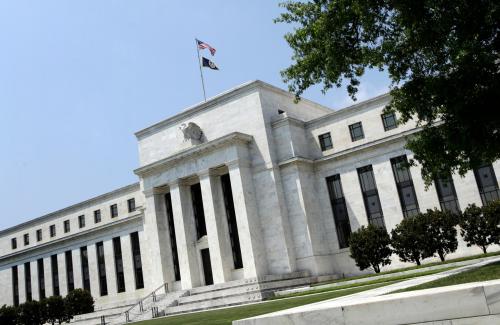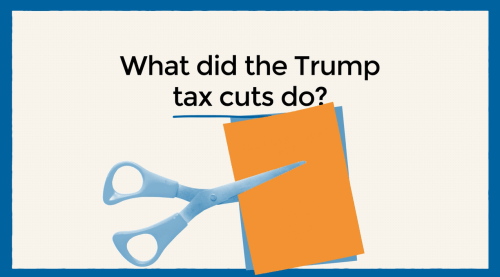This working paper was prepared for “The fiscal-monetary mix in an era of low interest rates,” a June 2 event presented by the Hutchins Center on Fiscal and Monetary Policy at Brookings.
A number of prominent economists and policymakers have argued that money-financed fiscal programs (helicopter drops) could be efficacious in boosting output and inflation in economies facing persistent economic weakness, very low inflation, and significant fiscal strains. The authors employ a fairly conventional macroeconomic model to explore the possible effects of such policies. While they do find that money-financed fiscal programs, if communicated successfully and seen as credible by the public, could provide significant stimulus, they underscore the risks that would be associated with such a program. These risks include persistently high inflation if the central bank fully adhered to the program; or alternatively, that such a program would be ineffective in providing stimulus if the public doubted the central bank’s commitment to such an extreme strategy. The authors also highlight how more limited forms of monetary and fiscal cooperation – such as a promise by the central bank to be more accommodative than usual in response to fiscal stimulus – may be more credible and easier to communicate, and ultimately more effective in providing economic stimulus.
The authors did not receive financial support from any firm or person for this article or from any firm or person with a financial or political interest in this article. They are currently not an officer, director, or board member of any organization with an interest in this article.









